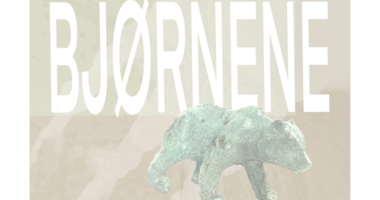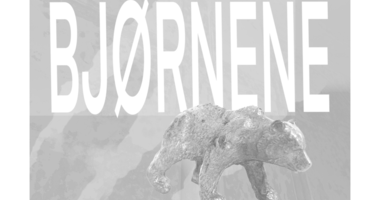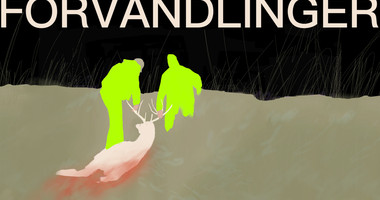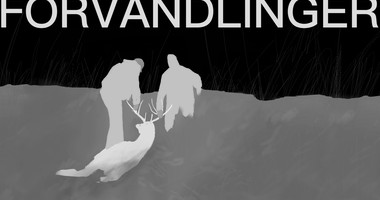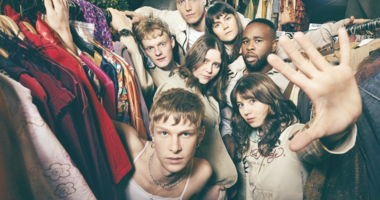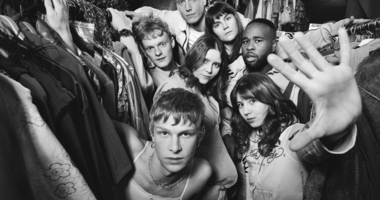BODY OF KNOWLEDGE
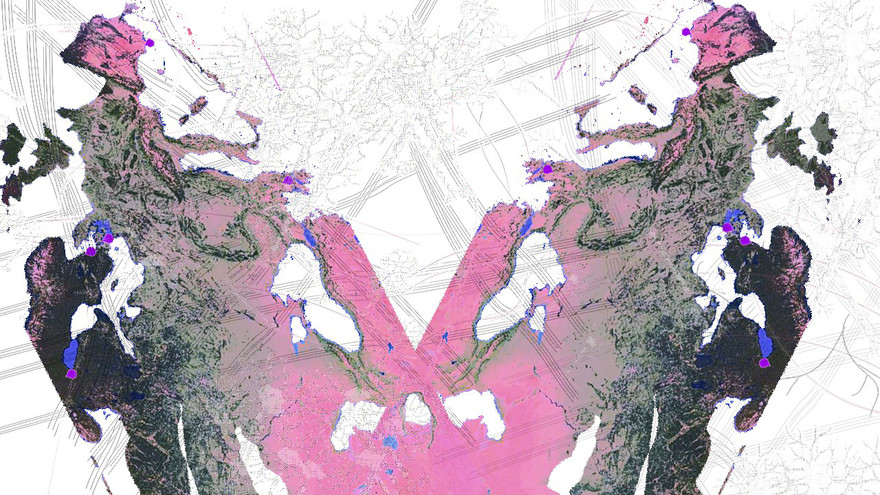
BODY OF KNOWLEDGE
Presentation of Final Projects from Dance & Participation
Five students from the MFA in Dance & Participation present their final projects
My feet are becoming words. I exist in the ecology of processes. My skin, elastic, healing wounds, shaping me, in my becoming. My intention vibrates relations. I don’t know how many believes I have, but I know they meet and dance in my stomach - my oesophagus told me that logic and experience were dancing in circles. Cells are making fire. I can sense it is here, it is alive, the artistic practice is running through my purple blood cells, and sometimes it comes to rest on my tongue.
I discovered my hands know how to fold a man's shirt. They must have learned from my dad. The memory of other bodies and togetherness lies in the round shape of my arms and the heart center. It takes with it a little resistance between the shoulder blades and rests there. The memory of him is placed in the airy space around my neck and also on my diaphragm. The photosynthesis of my spine makes my atlas blossom – my eyes are listening to music – expanding my head and sending the energy down through my hips, forming roots. I follow their threads. I explode in temporalities of overlapping phasings.
project descriptions:
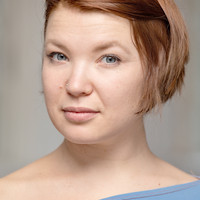
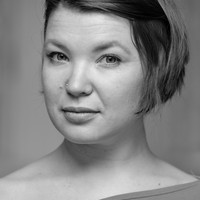
by Helmi Järvensivu
-Circle is an interesting form. It includes and excludes at the same time.-
-It is the best feeling when I can just throw my hands and there is someone to catch them.-
-I can feel the group here, in the heart center.-
I am a Finn. My dance heritage lies in Finnish folk dance. I believe that folk dance saves the world. This research made me doubt the base of the heritage. Who is the folk and who were the builders of the folk? A spunky humble Finn. There is quite a baggage loaded on the identity, loaded on me as a Finn.
My own history with Finnish folk dance made me wonder and research this form of dancing in the unpredictable time and space where the world is living now. I sunk deep in the history and it made me wonder the future. Togetherness and touch are essential parts of Finnish folk dance. What to do when touch is not alowed but togetherness is needed? What happens to this aged form of dance?
Participants
Eikku, Saana and Erika from Turku Folklore Association. Riina Hosio, dancer/dance teacher/colleague.
Supervisor/Examiner
Camille Buttingsrud, academic researcher, Master of Philosophy


by Ida Katinka Fridan Pedersen
The central part of my thesis is a manuscript, with different settings, characters, dialogue, monologue and action. As a work of drama, the script is the basis for a performance rather than just reading. It tells you what to perform but not precisely how to play it out. It’s this inherent quality of the script that allows for a diverse range of interpretations. The manuscript as a form of writing provides the methodological framework and discussion for my inquiry of uncovering the voice and its 'physical, emotional, imaginative and communicative dimensions' (Castellacci, A. Webpage) within the context of contemporary dance and life.
IDA (entering stage): Welcome to Pizzazz!
Participants
Ida, Michel Foucault, Christina, Lucia Ensingular, Gertrude Stein, Thomas Taylor, and The Butterfly
Supervisor
Lisa Nyberg, Assistant professor, Det kgl. Danske Kunstakademi, Billedkunstskolerne
Illustration
Lester Arias Vizcuña
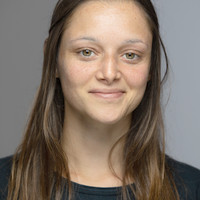
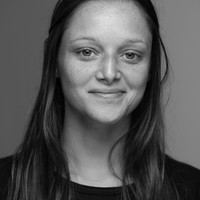
by Lucía Jaén Serrano
I define DANCE & WORDS practice as an ongoing process that articulates from my corporeality so that the practice affects and is affected by my sensitive gaze. I situate dance & words at the core and in relation to other elements; their interventions and circumstances will create different constellations that are held by the performative, the academic, and the participative.
I have decided to trace lines between situated experiences in this process, of my own, with participants, with other dance practitioners and relevant literature, which will coexist in a frame of encounters.
In my experience, the words unfold from embodiment: I close my eyes and move my body while reflecting on my own patterns, then I start to verbalize in action by throwing diverse intertwined thoughts. In this exploration, while the praxis finds its own vocabulary, other compositions between Dance and Words are happening: word shapes the movement, movement shapes the word, and endless possibilities in between. In this manner, the practice exists with clear directions and unexpected turns, that is why concepts and principals fluctuate hesitantly but also find their place.
This dance investigation has formalized verbal and corporeal language, aiming for a place where artistic, political and philosophical dialogue coexists.
Participants
Alicia, Marga, Mónica, Patricia, Paula, Fuensanta, Rosa, Montse, Vincen, María and Maite.
Supervisor/Examiner
Franziska Bork Petersen, assistant professor, Roskilde University
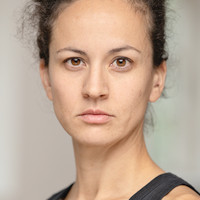
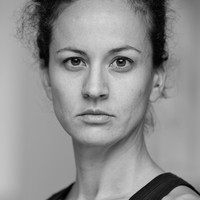
by Sofia Ntova
How can expanded choreography be placed at the center of the pedagogic act? This question drove the research of the participatory choreographic project “The Nomadic School of Moving Thought”. The project explores the intersections between unconventional choreographic tools and pedagogy, aiming at shifting learning from being mind-centered to become bodying-centered by exposing the importance of the multiplicity of the relational body within the learning process. The research takes multiple directions on ‘making, attending, performing' for both the learner and the dance practitioner following a rhizomatic approach. The choreographic approach captures the moving thought of the participants as an awareness of where learning happens, identifying bodies and space as collections of temporalities. The post-qualitative analytical process manifests in three affective performative spaces, and foregrounds the creative engagement of the participants, exposing the entwined relationship between human and non-human. The fusion between expanded choreography and pedagogy upholds the transition from a space of performance of power to an open ended, expansive space of ethical sensible entities.
Participants:
DAP students.
+ A group of local people from Kalampaka city (Gr) [video]
Supervisor/Examiner:
Dr Kerry Chappell, University of Exeter, UK.
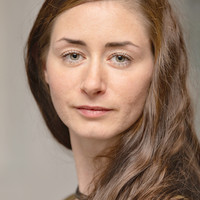
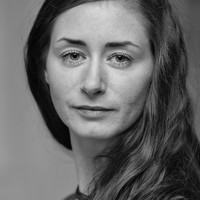
by Tanya Rydell Montan
(11:10, 22.06.2020)
I am not interested in my voice.
I am not interested in my experience.
I am interested in our collective voice, our collective experience and how we, through switching our focus to the assemblages our voices and experiences create, can change our perspective on the different environments we move in.
The negotiation between space and place is our facilitator. Posthumanist and new materialist ideas are our companions. The present moment is our catalyst, where Derrida’s principle of différance help us become, and become, and become.
In this established context, I will present to you the research I have undertaken the last few months. The participants have had three meetings with three different places (dance studio, nature, city), using imagination and attention to notice the becoming different happening, and what their intra-actions with other-than-human actants around them create.
Due to COVID-19, we could not meet the nature and city places together, why I see myself as a co-facilitator for this movement-being practice. My area has been the theoria, the contemplative and critically reflective part. The environments have been the physical co-facilitators, hosting and activating learning.
The human participants sent me material from these private meetings and, through goggles consisting of imagination, empathy and honesty, I strive to understand what the project has become, and become, and become.
Me in my subjectivity think that togetherness, connection, recognizing assemblages, is more important than ever.
Know that today [14.08.20], I am happy to share whatever has happened and will happen with you.
Project initiator
Tanya Rydell Montan
Human Participants
Inken Ohlsen and Ugne Balciunaite
Supervisor
Cecilie Ullerup Schmidt
Precautions regarding COVID-19
We carefully follow the health authorities' guidelines for organizing events with an audience, so there is only a very limited number of seats available for each viewing.
As a member of the audience, we strongly encourage you:
- not to show up if you have symptoms of COVID-19
- to excercise great caution if you are at risk of suffering critical illness due to COVID-19
- to generally comply with the health authorities' recommendations on proper hygiene and appropriate behavior
Safety is our number one priority, and we focus on presenting the students' graduation performances in the best possible and most secure formats within the health authorities' guidelines. We also arrange production conditions so that our students and all others involved can carry out their work in safe conditions.
